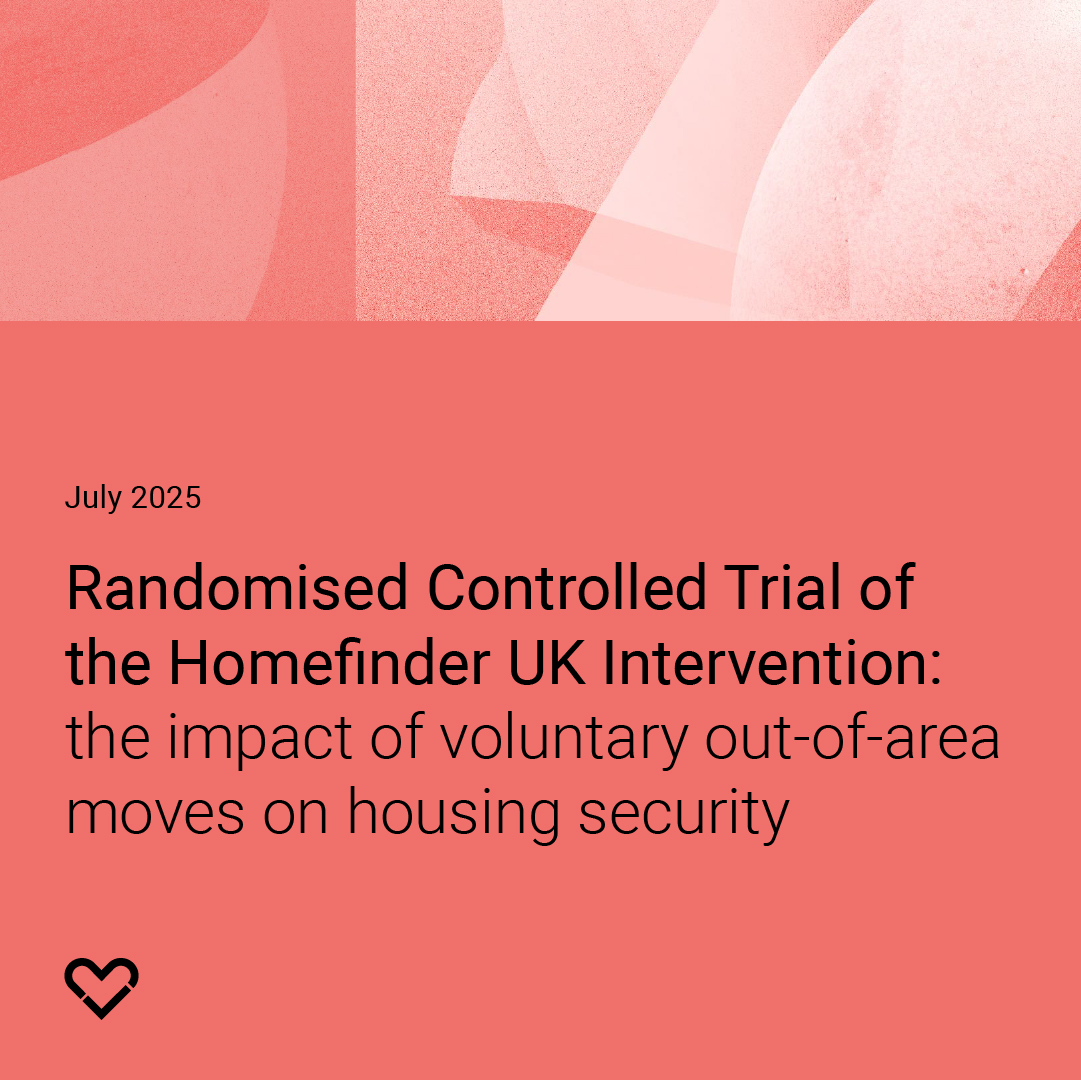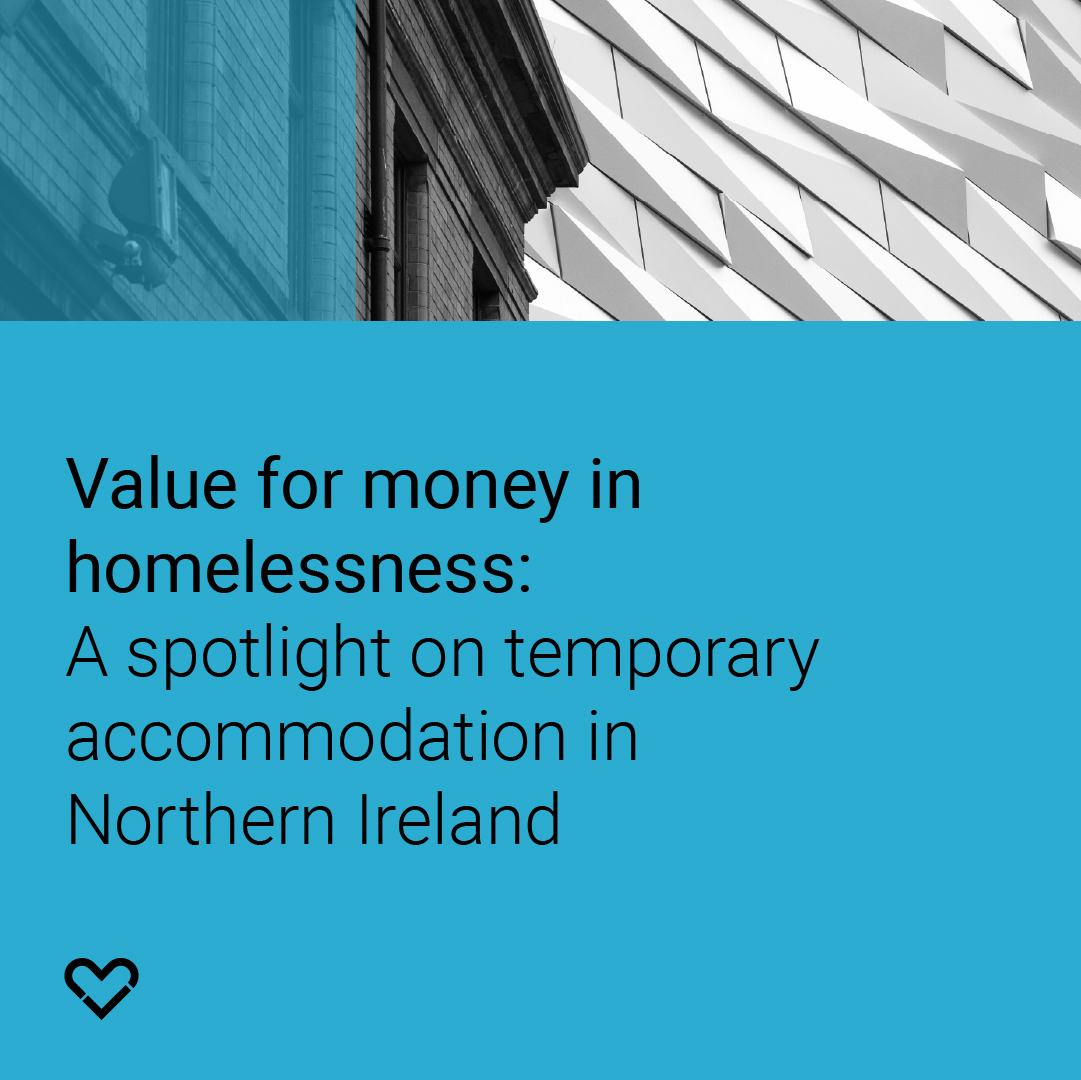European Journal of Homelessness: Houses, not homelessness
Outline of the study
Danny Dorling argues that homelessness in the UK is primarily a structural problem caused by housing policy failures, not individual issues. Dorling examines mortality data and policy responses to show how, despite decades of intervention, focusing on symptoms rather than root causes of homelessness has failed to reduce homelessness. The paper calls for a fundamental shift away from individual-focused interventions to systemic housing policy reform.
Findings in brief
- Street homelessness in England almost tripled between 2010 - 2019, reaching 4,677 people on a single night
- The 'hidden homeless' population is believed to be much larger. In London alone, there are 225,000 young people aged 16 - 25 in temporary accommodation arrangements with friends or family
- Most people affected by homelessness never interact with homelessness services
- Men experiencing homelessness die on average 34 years earlier than the general population, whilst women experiencing homelessness die on average 39 years earlier. Death rates for homeless men aged 16 - 29 are almost 40 times higher than for the general population
- One third of deaths of people experiencing homelessness are attributed to drug poisoning, though this may not always be the actual underlying cause
- Current homelessness policy focuses on individual responsibility and interventions, rather than seeking to address systemic housing inequality
- ‘Free’ housing markets primarily benefit those with the most money
- The Rough Sleeping Initiative decreased the overall number of people recorded as sleeping rough in England between 2017/18. However, it is possible that some people were displaced to other areas which do not receive RSI funding.
Recommendations in brief:
- Carry out a fundamental reform of UK housing policy, to focus on systemic causes of housing insecurity and addressing the wider social policy that has contributed to precarious inequality
- Implement private sector rent regulation, drawing on learning from successful models in Germany, Sweden, Netherlands, Denmark and, France
- Carry out evaluations of promising programmes, to enable them to be scaled up.
No items found.





.jpg)

